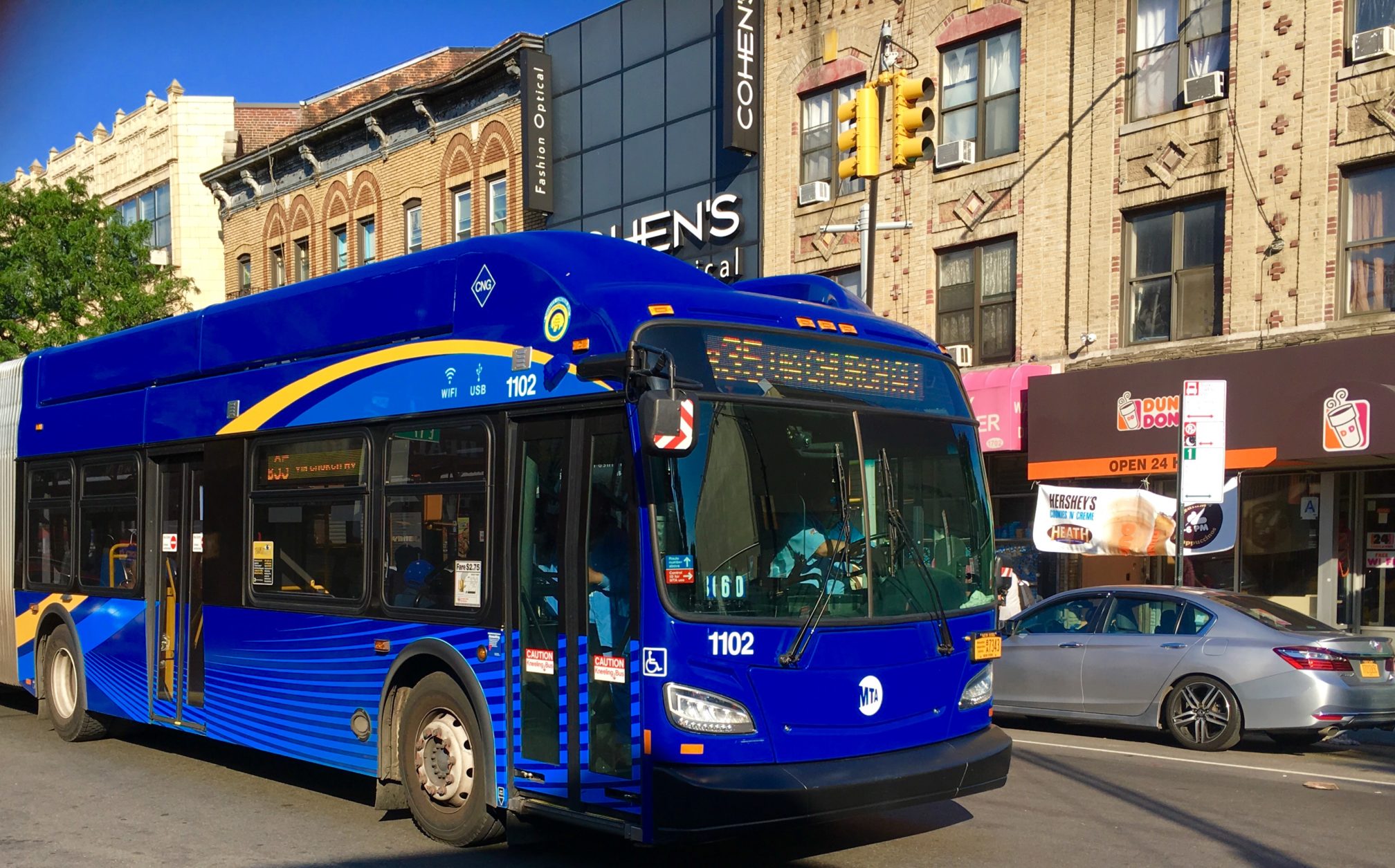New bus-mounted cameras in Brooklyn aim to keep cars in their own lane

The MTA is instituting a citywide crackdown on cars illegally blocking bus lanes — and if the Manhattan test run is any indication, the agency’s new bus-mounted camera system could result in quite a few citations. The same cameras are coming to Brooklyn next month and have already been implemented along one route in Queens.
The 51 bus-mounted cameras installed Oct. 7 along Manhattan’s M15 SBS route, which runs from East Harlem to lower Manhattan, have already caught 1,529 vehicles illegally blocking the bus lane.
Those divers got off with a warning thanks to the 60-day grace period. After that period ends, however, they’ll be fined at a rate that will increase with each offense, starting at $50 and topping out at $250 for the fifth violation within a 12-month period. The MTA has said the fines will be used for subway improvements.

Brooklyn Boro
View MoreNew York City’s most populous borough, Brooklyn, is home to nearly 2.6 million residents. If Brooklyn were an independent city it would be the fourth largest city in the United States. While Brooklyn has become the epitome of ‘cool and hip’ in recent years, for those that were born here, raised families here and improved communities over the years, Brooklyn has never been ‘uncool’.